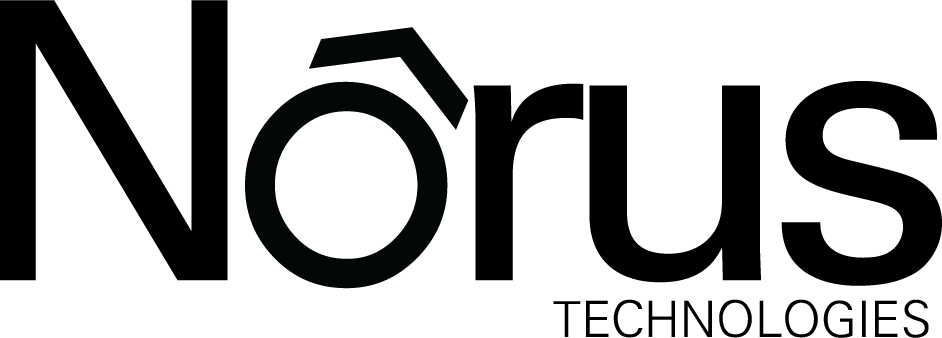Introduction
Understanding Impact Measurement
Key Metrics for Evaluating AI Impact
1. Adoption Rate
- Definition: The percentage of staff and volunteers utilizing AI tools.
- Importance: High adoption indicates successful integration and user acceptance.
- Measurement: Track user logins, frequency of use, and feedback surveys.
2. Process Efficiency
- Definition: The improvement in operational workflows due to AI implementation.
- Importance: Demonstrates time and resource savings.
- Measurement: Compare time spent on tasks before and after AI adoption; assess reductions in manual errors.
3. Outcome Metrics
- Definition: Direct measures of mission-related results influenced by AI.
- Importance: Links AI usage to tangible social impact.
- Measurement: Analyze program success rates, beneficiary reach, and service quality improvements.
4. Stakeholder Engagement
- Definition: The level of interaction and satisfaction among donors, beneficiaries, and partners.
- Importance: Reflects AI’s role in enhancing relationships.
- Measurement: Monitor engagement metrics such as email open rates, social media interactions, and satisfaction surveys.
5. Cost Savings
- Definition: Financial savings resulting from AI efficiencies.
- Importance: Validates the return on investment (ROI) of AI tools.
- Measurement: Calculate reductions in operational costs and compare them to AI implementation expenses.
Implementing Effective Measurement Strategies
1. Establish Clear Objectives
2. Utilize Data Analytics
3. Combine Quantitative and Qualitative Data
Use a mixed-methods approach to gain a comprehensive understanding of AI’s impact.
- Quantitative: Statistical analyses, performance metrics.
- Qualitative: Interviews, focus groups, case studies.
4. Continuous Monitoring and Evaluation
Regularly assess AI performance to identify areas for improvement and ensure alignment with organizational goals.
Case Study: AI-Powered Insights for Measuring Nonprofit Impact
A nonprofit organization implemented AI-driven data analysis to evaluate its program effectiveness. By utilizing AI, they could process large volumes of data, including participant feedback and engagement metrics, to assess the impact of their initiatives. This approach enabled the organization to make informed decisions, enhance program delivery, and better serve their community.
Source: Soukup Strategic Solutions
Challenges in Measuring AI Impact
1. Data Quality
2. Attribution Difficulties
3. Ethical Considerations
Best Practices for Success
- Engage Stakeholders: Involve staff, beneficiaries, and partners in the evaluation process to gain diverse perspectives.
- Iterative Learning: Use findings to continuously refine AI applications and strategies.
- Transparent Reporting: Share results openly with stakeholders to build trust and demonstrate accountability.
Frequently Asked Questions (FAQs)

How do we measure the ROI (Return on Investment) of AI agents?

To measure ROI, compare the costs of AI implementation (including software, training, and infrastructure) to the savings achieved through operational efficiencies, increased fundraising revenue, or improved program outcomes.

What tools can nonprofits use to track AI performance?

Nonprofits can use tools like Google Analytics, AI-powered CRM platforms (e.g., Salesforce), and data dashboards to monitor adoption rates, stakeholder engagement, and process efficiencies.

How can we ensure AI tools are aligned with our mission?

Start by defining clear, mission-driven goals for AI implementation. Evaluate the outcomes regularly to ensure the tools align with your organizational values and objectives.

What are some key challenges nonprofits face when evaluating AI impact?

Common challenges include data quality, isolating AI's impact from external factors, and maintaining ethical considerations like data privacy and bias mitigation.

Can AI help with impact reporting for donors and stakeholders?

Yes. AI-powered tools can collect, analyze, and visualize data to create detailed impact reports, providing transparency and insights to stakeholders.

How frequently should we evaluate AI performance?

Continuous monitoring is ideal, but formal evaluations can be done quarterly or annually to assess progress, gather feedback, and make necessary improvements.
Conclusion
Measuring the impact of AI agents is essential for nonprofits to ensure these technologies effectively contribute to their missions. By focusing on key metrics, implementing robust measurement strategies, and adhering to best practices, organizations can harness AI’s full potential to drive meaningful social change.
Nonprofits that prioritize evaluation not only demonstrate accountability to stakeholders but also create opportunities for continuous improvement and innovation.
Ready to enhance your nonprofit’s impact with AI?
Stay tuned for more insights!
Our upcoming series will explore “Building Trust in AI: Ensuring Ethical and Transparent AI Adoption for Nonprofits.”






